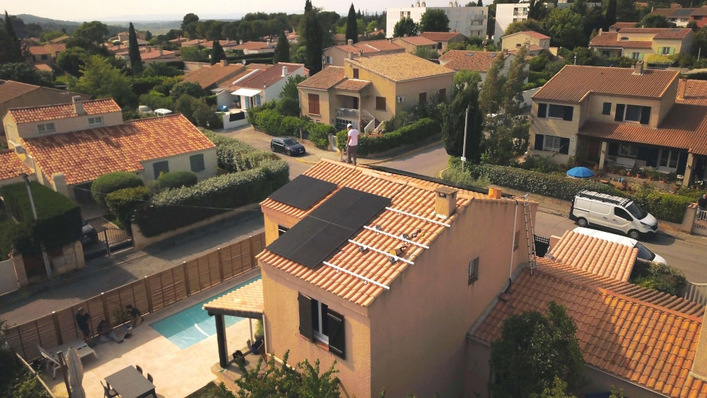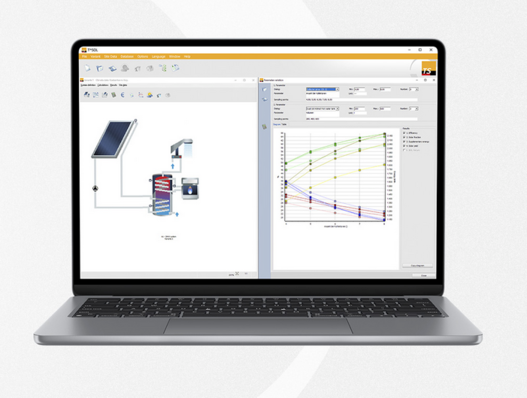Can you tell us an especially interesting anecdote to illustrate the importance of inspections and maintenance?
Christian: Not so much anecdotes, more tragedies: I frequently encounter burnt out plugs and damaged string cables, worst of all often waterlogged ones. The cables are often badly secured and as a result the plugs and lines end up in puddles. But they are not designed to withstand permanent exposure to damp. Every visual inspection should always include checking on the cable fixtures behind the solar panels. Because they are susceptible to UV damage, zip ties cannot be considered as a permanent fixture. They may last three to four years, but never 20.
What should be an indispensable part of maintenance in your eyes?
Christian: Commercial PV installations should have a repeat inspection at least every four years. This repeat inspection is basically a reiteration of the initial inspection at commissioning (measuring no-load voltage, short-circuit current and insulation resistance). This is also recommendable for private installations. Absolutely essential is tracking the yield on a regular basis (at least monthly).
Why is monitoring so important?
Christian: Continually monitoring operational data makes it easy to spot deviations. Regularly keeping an eye on the monitoring data makes it possible to extend the maintenance intervals. I would say that for installations above 15 kilowatts, monitoring is a must. For installations of less than 15 kilowatts, monitoring may not be cost-effective. In that case analysing the data on the monthly yield as well as the real-time operational data coming from the inverter may be enough. Or the operating log that I mentioned before.
Is there any limit to implement a monitoring system?
Christian: The larger the installation, the more operational data is produced, making it sensible to monitor the strings individually. For 15 kilowatts there are three strings of five kilowatts each. If one of these three has a fault, that reduces the output or the yield by a third. This is fairly easy to detect, so that an overall monitoring will probably work. But if one of, for instance, 30 strings fails, that is a reduction of only three percent. The only reliable way to detect these kinds of discrepancies is usually through a continuous monitoring of the installation.
What was new at the Intersolar 2018 in Munich? Watch our expert’s movies here:
http://www.pveurope.eu/Videos/pv-Guided-Tours-videos-2018
Stay informed, get our newsletter twice a week.
Register here: http://www.pveurope.eu/Newsletter
More tips from Inspector Solar:
“Regular checks are welcome”, says Inspector Solar
Read more on PV in Europe:
http://www.pveurope.eu/News/Markets-Money/The-race-for-the-most-spectacular-warranty-promises-continues-to-escalate
http://www.pveurope.eu/News/Markets-Money/Solarwatt-enters-Swedish-PV-market-high-demand-for-dual-glass-solar-panels
http://www.pveurope.eu/News/Solar-Generator/E-mobility-pushes-solar-and-energy-storage-in-Norway







